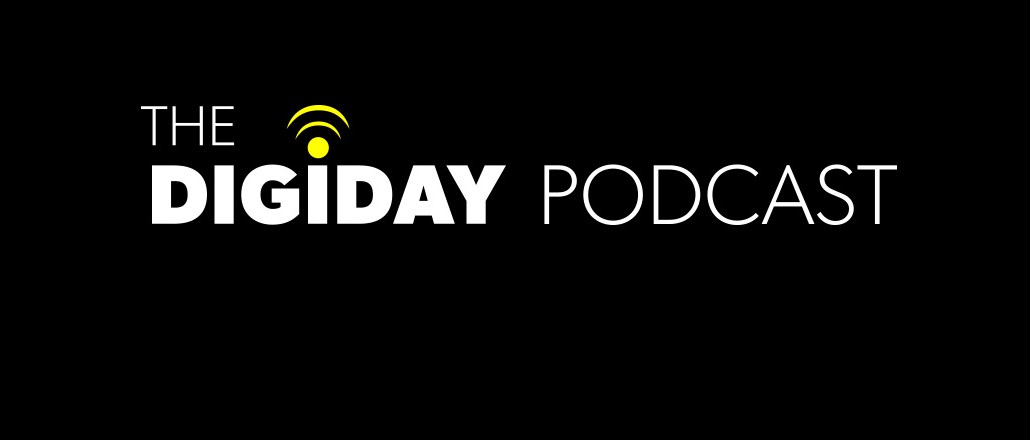
Even a digital-first publisher like Salon can have trouble keeping up with the times.
The site has been unprofitable for most of its history, but in recent years, it has put a stronger focus on tech. That’s thanks to Cindy Jeffers, who in addition to being its CEO is also its chief technical officer.
“Tech has been a key part of building the business over the past few years,” Jeffers said on this week’s Digiday Podcast. “A big part of it is mobile, which is our fastest-growing platform. We’ve seen a big move forward because we’ve been so focused on mobile.”
Some highlights:
Publishers shouldn’t silo their tech teams.
By now, it’s obvious to most publishers that their tech and editorial teams should be working alongside each other, not apart. Salon, too, has taken that realization to heart.
Ad position: web_incontent_pos1
“The best product development emerged out of collaborations between edit and tech. It’s a rare asset in a company,” Jeffers said.
A powerful CMS can be an advantage (but WordPress works just fine).
The content-management system, as an enabler of audience growth, has gotten a lot of attention in recent years. Vox Media says its CMS, Chorus, has been core to its success, while The New York Times cited its own CMS as one of the reasons it has lagged competitors.
Jeffers agreed that a homegrown CMS can be a valuable asset and differentiator for a publisher, but she’s happy with how the ubiquitous Wordpress does for Salon. “It’s kind of got what you need, but if it’s something that’s in really high demand, we develop it ourselves,” she said.
Mobile Web is great for traffic, but apps are great for loyal readers.
Every publisher wrestles with the question of how much effort to put into the mobile Web versus mobile apps. Salon, which gets 60 percent of its traffic from the mobile Web, considers both to be important.
“Our mobile app gets more pageviews per visit than any other platforms, so it’s really for the hardcore Salon lovers,” said Jeffers. “It’s an important platform for us, even though it’s not our No. 1 platform.”
Ad position: web_incontent_pos2
Publishers should invest in new tech, even if the audience is small.
Publishers have been eager to figure out how news looks on emerging tech platforms. Discovery and Fusion are playing with virtual reality, while Salon, the Times and a few others have been early to the Apple Watch.
To a cynical observer, these efforts would seem, at best, to be a distraction and, at worst, a waste of time. Jeffers says otherwise.
“There are so many ways that these technologies are going to have an impact on news,” she said. “Being early and being experimental and just seeing what works is going to help position you well for the future.”
Podcast produced and edited by: Tanya Dua
More in Media

NewFronts Briefing: Samsung, Condé Nast, Roku focus presentations on new ad formats and category-specific inventory
Day two of IAB’s NewFronts featured presentations from Samsung, Condé Nast and Roku, highlighting new partnerships, ad formats and inventory, as well as new AI capabilities.

The Athletic to raise ad prices as it paces to hit 3 million newsletter subscribers
The New York Times’ sports site The Athletic is about to hit 3 million total newsletter subscribers. It plans to raise ad prices as as a result of this nearly 20% year over year increase.

NewFronts Briefing: Google, Vizio and news publishers pitch marketers with new ad offerings and range of content categories
Day one of the 2024 IAB NewFronts featured presentations from Google and Vizio, as well as a spotlight on news publishers.
Ad position: web_bfu